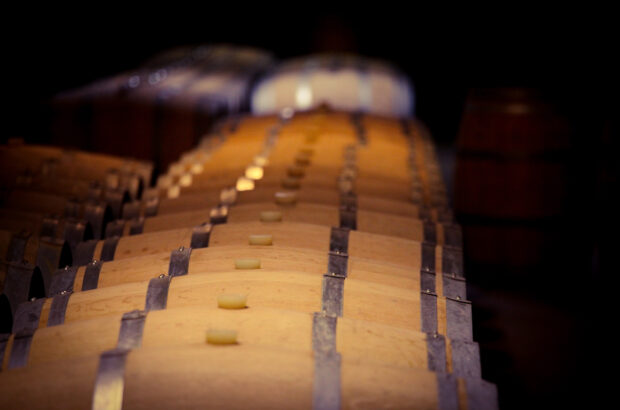In the first major changes to the Champagne region for 80 years, 40 new champagne growing areas were unanimously approved last night while two will be struck off.
Significant increases to champagne volumes are not expected until 2021, but land prices will change overnight.
‘If your vines fall on the wrong side of the divide, they will be worth €5,000 a hectare,’ Gilles Flutet of L’Institut national de l’origine et de la qualité (INAO) told French news agency AFP earlier this month.’
‘On the other side they will be worth €1m.’
Following last night’s decision by the National Committee of INAO, the production zone where grapes can be grown will increase from 319 communes to 357, said Yves Benard, president of the INAO committee on wines and eaux de vie.
Areas in which Champagne can be made and matured will also increase from to 675 communes, from 634.
The names of the new communes will be published over the next 15 days in INAO’s official journal.
An enquiry process will follow INAO’s announcement, allowing for any objections or recommendations to be reviewed. Both are expected to conclude by the beginning of 2009, but actual planting is not expected to take place until 2015.
As vines take three years to produce grapes and another three years are needed for bottles to mature, the first effects on volumes will not be seen until 2021.
The approval of new producing areas, seen as a response to increasing demand for Champagne, is likely to be viewed as contentious by other producers of sparkling wine, who have long been told that real Champagne can only be made in the area laid out by the 1927 laws.
INAO said the demand for a revision of the Champagne growing area dates back to 2003, and came from the Syndicat Général des Vignerons de Champagne, driven by the need for greater fairness in dealing with demands for revisions to the existing area.
The current growing area of 33,500ha was defined in 1908. A definitive law was passed in 1927, based on local winemaking traditions. This was further backed up by technical criteria laid down by INAO in 1984.
A team of five people were chosen to select the new areas – a geologist, a climatologist, a vine technician and a plant expert.
Written by Sophie Kevany






